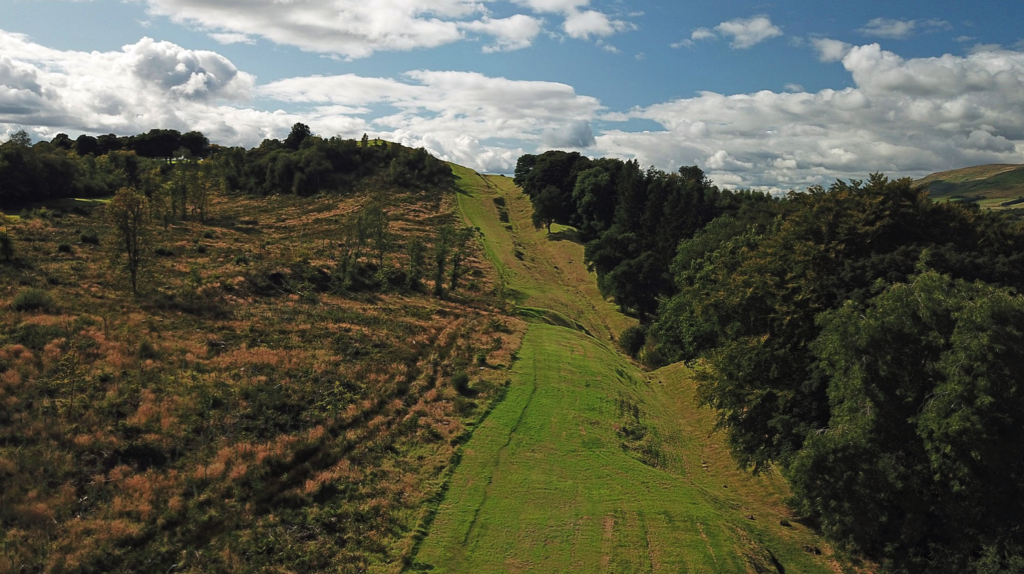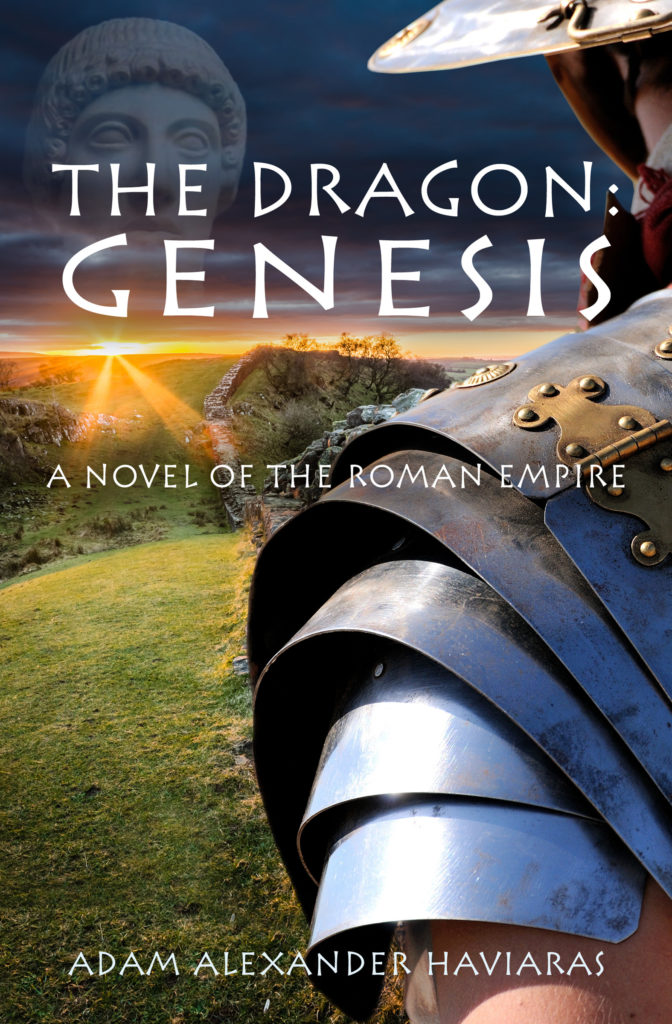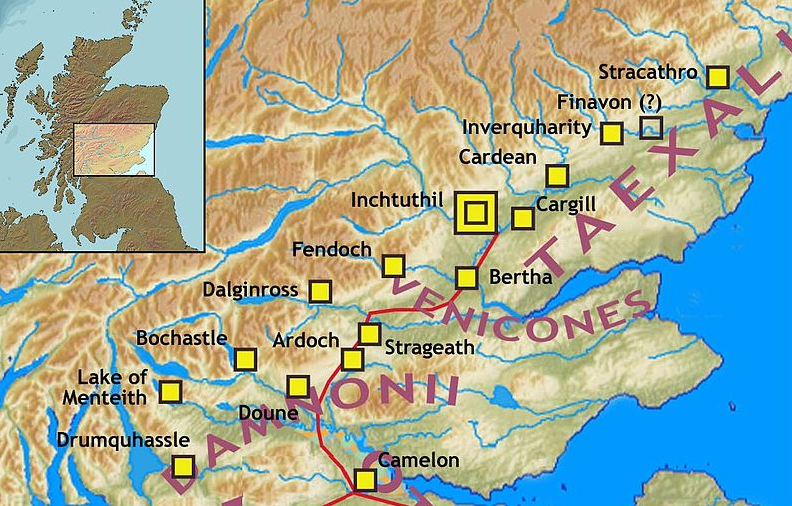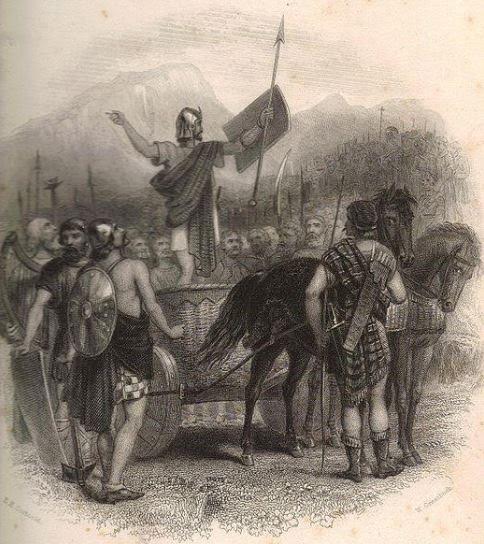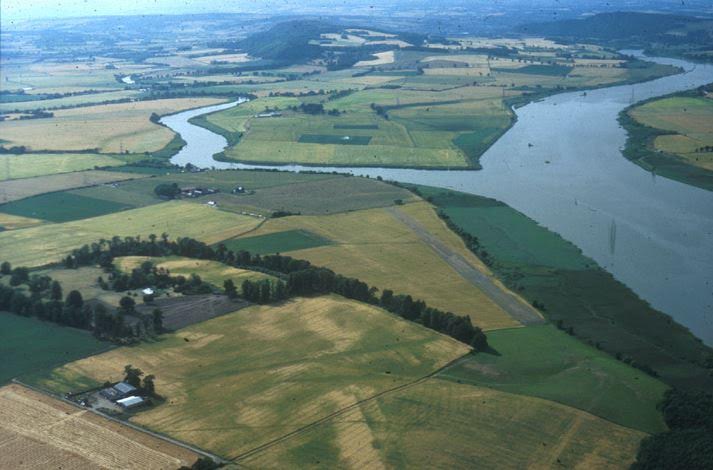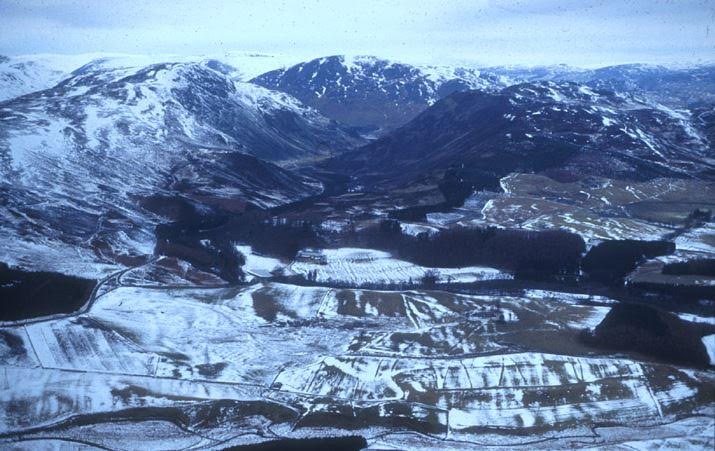Welcome to Part I of this new blog series celebrating the release of the latest Eagles and Dragons series novel The Dragon: Genesis.
In this blog series, we’ll be sharing the research that went into the novel with you, looking at the history, settings, themes, and historical personages that are related to the story which takes place during the second century A.D.
When we think of the Roman Empire, what often comes to mind is the image of marching legions spreading out over the world. We also conjure images or memories of great ruins on the edges of Rome’s empire such as the massive amphitheater at El Jem in Tunisia, or the ruins of temples and other constructs that dot the European, Middle Eastern, and North African landscapes.
Roman frontiers were vast, stretching thousands of kilometers and encompassing many lands and peoples over time. These frontiers are perhaps what many think of when it comes to the Roman Empire, and none more so than Hadrian’s Wall, the great stone frontier fortification built by Emperor Hadrian in northern Britannia in the 120s A.D. It stretched 73 miles from modern Carlisle to Newcastle-upon-Tyne, and marked a decisive edge of the Roman Empire.
There was, however, another wall.
Approximately 100 miles to the north of Hadrian’s Wall, in modern Scotland, lie the somewhat less romantic, but highly significant, ruins of the Antonine Wall, another frontier of the Roman Empire, and an important cultural and heritage landscape today.
In the early 140s A.D., the emperor Antoninus Pius (A.D. 138-161) ordered a new frontier to be built in Caledonia. It was a massive building project, and the work was undertaken by the men of three legions: the II Augustan from Isca (Caerleon), the VI Victrix from Eburacum (York), and the XX Valeria Victrix from Deva (Chester). Until the forts and fortlets were constructed, the troops would have lived in tents in temporary camps, and among their numbers would have been specialists such as surveyors, masons, carpenters and many more.
At the outset, overall responsibility for the building project was given to the governor of Britannia at the time, Quintus Lollius Urbicus.
The purpose was, perhaps, two-fold: to attempt to push Rome’s permanent frontier father north, but also to hold back the warlike tribe (perhaps a confederation of tribes) we know as the Caledonii.
The Antonine Wall may be smaller in scale to Hadrian’s Wall, but it is still an imposing construction. It was 39 miles long, stretching from the Firth of Clyde in the West (near Glasgow) to the Firth of Forth in the East (near Edinburgh). It cinched the belt of Scotland.
But this was not just a wall! It was a manned frontier of the Roman Empire.
The Antonine Wall consisted of about seventeen forts and approximately 9 smaller fortlets every 2 miles, including two coastal forts at either end. The garrison of this frontier was in the range of 6000 to 7000 troops. This included legionaries, but the garrison was mainly comprised of auxiliary troops once the wall was complete.
Despite its importance, why isn’t the Antonine Wall as well-known as Hadrian’s Wall?
Part of the reason for this is that its ruins are less prominent. Less has survived.
The Antonine Wall was not built of stone on the imposing scale of Hadrian’s Wall. It was a turf and timber wall built on a stone foundation. For this reason, today the remains mostly consist of a grassy embankment, 13 feet high, that was part of the ditch (fossa) located to the north the wall. The wall itself consisted of a turf embankment (agger) topped by a wooden battlement or barricade of sorts (vallum) behind the ditch. You can read more about the specifics of Roman defences HERE.
Unlike Hadrian’s Wall, which had ditches, or fossae, in front and behind, the Antonine Wall had but one fossa in front. It also had a military road running the length of the wall behind it so as to allow for quick, efficient movement of troops and supplies along the way, as well as the relaying of commands and news.
When completed, the Antonine Wall would have been an imposing defensive line in Caledonia. Interestingly, it was not the first such network.
There was a defensive line of forts from the Agricolan invasion of Caledonia in the first century A.D. that pre-dated both Hadrian’s Wall and the Antonine Wall. This frontier is known today as the Gask Ridge, and many of the forts along this first frontier were refortified during the Antonine period.
The Antonine Wall joined up with the Gask Ridge frontier roughly at the fort of Camelon, and together, the two frontiers further hemmed the Caledonii in on the highlands.
To read more about the Gask Ridge frontier, which is the setting for the novel Warriors of Epona, CLICK HERE.

Signage at Bar Hill fort site showing reconstruction of the fort. Bar Hill fort was the highest point along the Antonine Wall.







